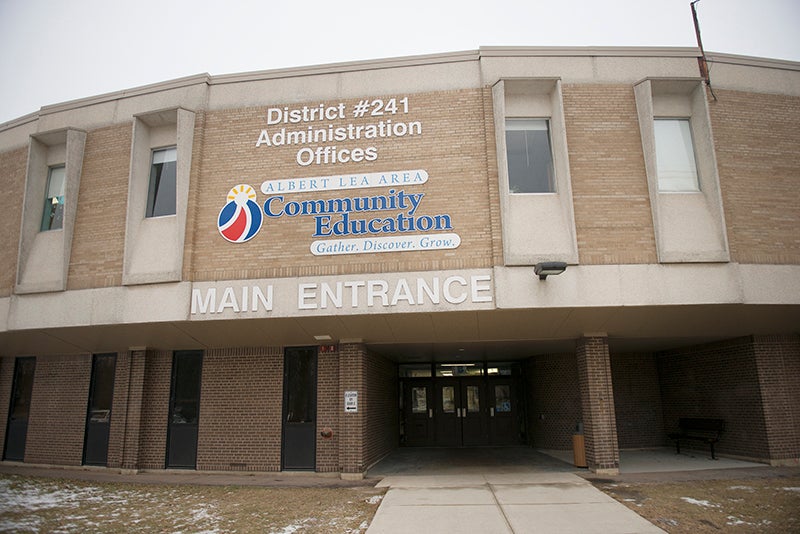By Cari Spencer, Minnesota Public Radio News
The number of people who have died from traffic crashes on Minnesota roads so far this year is nearly double what it was at this point last year.
As of Tuesday, 45 people had died in fatal crashes. At the same time last year, that number was 23, according to the Office of Traffic Safety. It’s the highest year-to-date number in the past several years, said Director Mike Hanson, and the warmer weather is partially to blame.
It seems the milder winter has brought riskier driving — people aren’t slowing down for snow and ice like they usually do in January and February. Minnesota’s warmest January on record brought a slim total of 2 inches of snow measured at the Minneapolis-St. Paul International Airport. That’s 9 inches fewer than the average January.
Hanson said although more crashes occur in winter, they’re more often fender benders and minor injury crashes. It’s the warmer months that bring more fatalities.
“Because we’ve had such a lightweight winter, so to speak, for Minnesota, we’re seeing those summertime driving patterns continue right through the winter,” Hanson said. “And that means higher speed. And that means more energy in a collision. And that’s resulting in more deaths on our roads.”
The leading months for fatal crashes in Minnesota are July, September and August, based on data from 2020-2022 and preliminary data for 2023. Those months average about 49 traffic fatalities each month. For those same years, January and February averaged 20.
There are four main factors that increase the risk for fatalities, Hanson said: speed, impaired driving, distracted driving and driving without a seatbelt.
“We need to really pay attention to that speed. That is the one factor that makes every other mistake or bad decision worse,” Hanson said. “It takes away time and it takes away distance and you can’t react, and you can’t prevent a crash when you’re going too fast.”
For all fatal crashes in 2020-2023, 35 percent involved alcohol. Speed was a factor in 34 percent of crashes, 24 percent of victims were not wearing seatbelts and 7 percent involved distracted drivers. Data for December 2023 was not available.
Impaired driving is another trend that concerns Hanson. He says although the numbers are preliminary, an unusually large portion of the fatal crashes this year involved impaired drivers. As of Feb. 15, 10 crashes involved drivers under the influence, whether that be alcohol, cannabis or other drugs. At that point last year, that number was three.
“We can solve the traffic fatality problem in Minnesota. We just need to make good, smart decisions behind the wheel and work together to keep our roads safe,” he said.
Some of those smart decisions he wants drivers to remember: Buckle up, follow speed limits and plan ahead for a sober ride home or place to stay if out drinking or using other substances that can impair.
“Now is the time to start developing those good safe driving habits,” Hanson said. “And let’s carry them in and through the summer and reverse this terrible trend that we’re seeing.”





